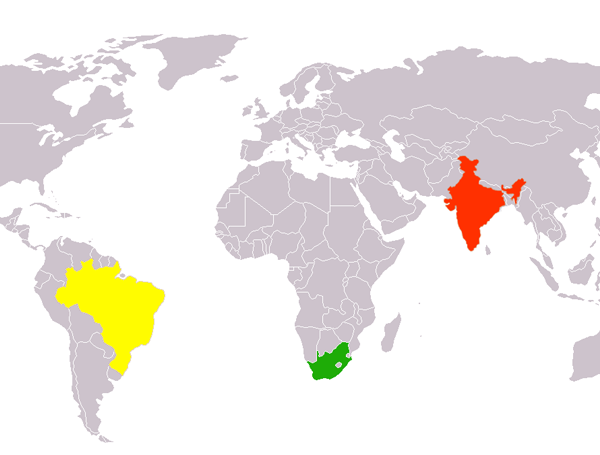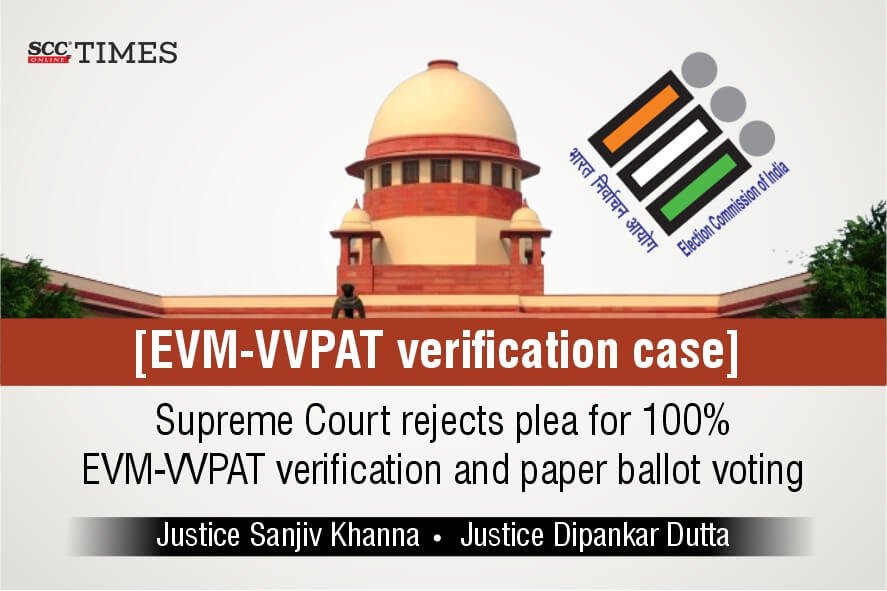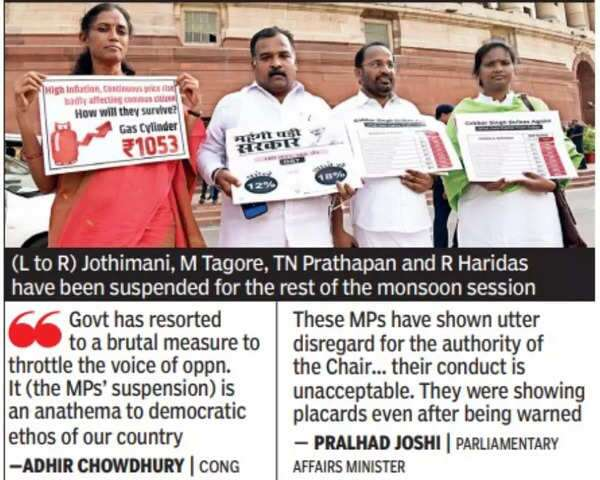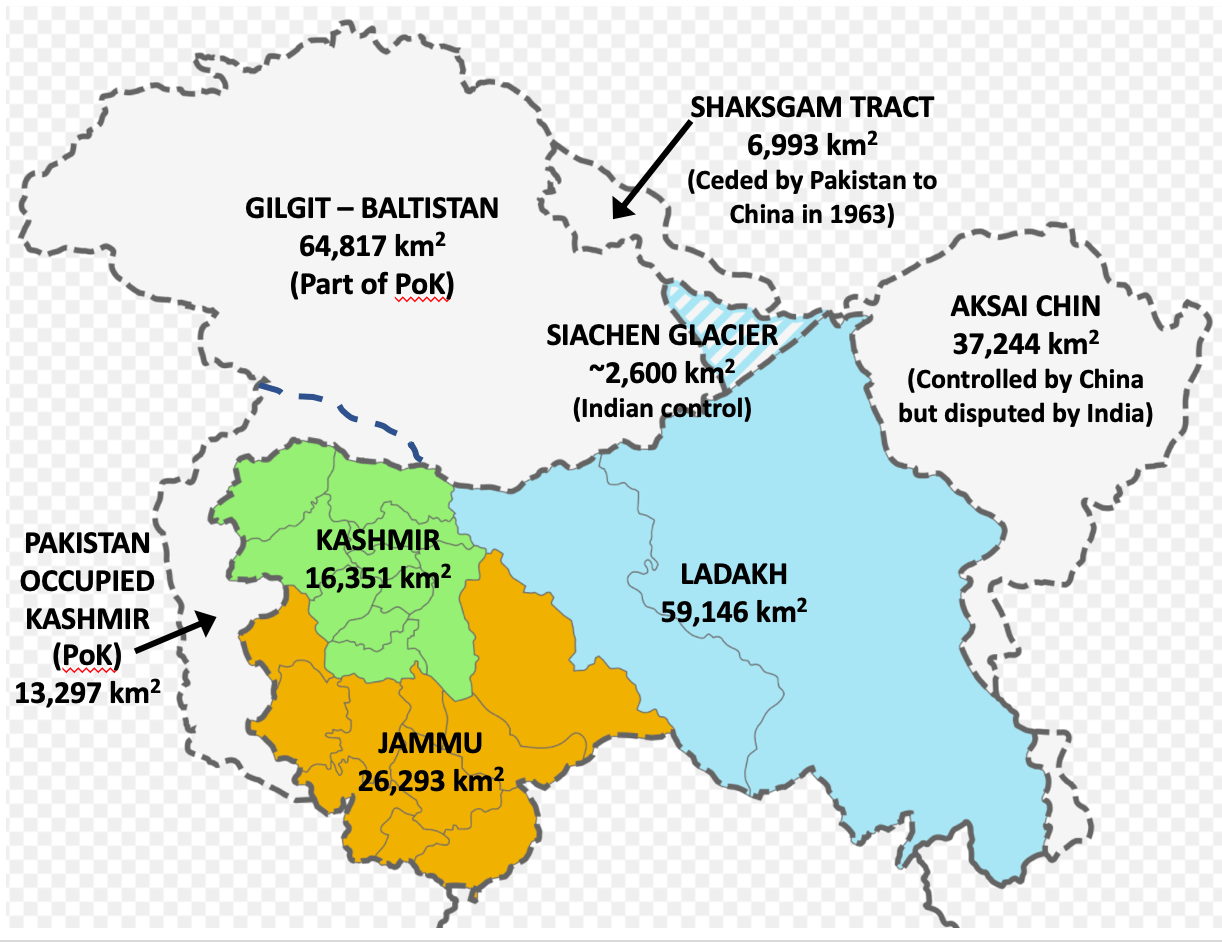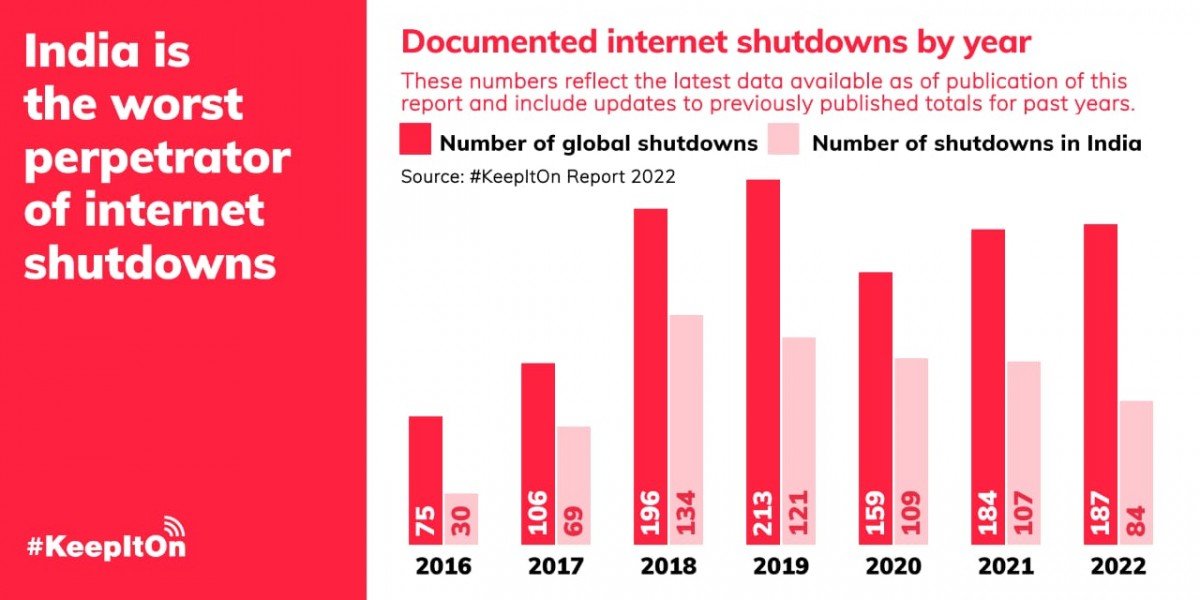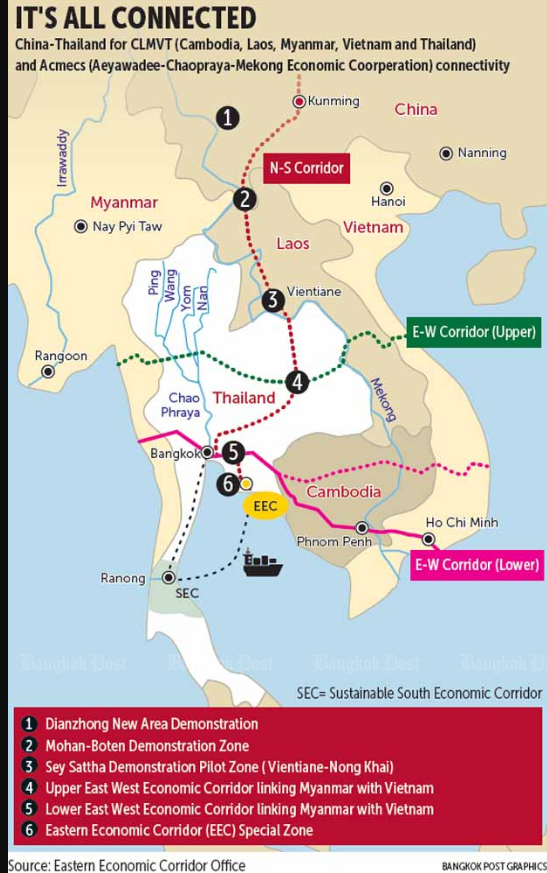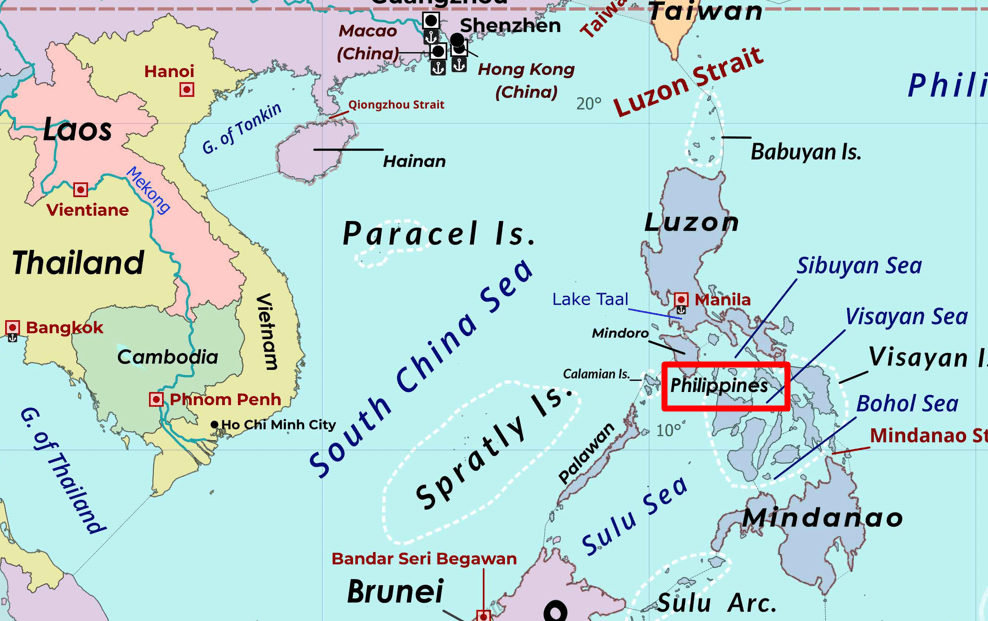
A Case for Proportional Representation in India
Subscribers of "Current Affairs" course can Download Daily Current Affairs in PDF/DOC
Subscribe to Never Miss an Important Update! Assured Discounts on New Products!
Must Join PMF IAS Telegram Channel & PMF IAS History Telegram Channel
- Context (TH): The distribution of vote share in the recently concluded Lok Sabha elections in 2024 raised the debate on the need for proportional representation in India’s electoral system.
Proportional Representation (PR) System
- PR aims to ensure that a party’s share of legislative seats closely matches its share of the popular vote.
- Three types: Single Transferable Vote (STV), Party-List System, and Mixed Member Proportional system.
Proportional Representation vs First Past the Post System
| Feature | First Past the Post (FPTP) | Proportional Representation (PR) |
| Winner
Selection |
|
|
| Representation of Parties |
|
|
| Voter Choice |
|
|
| Governing
Majorities |
|
|
| Political
Diversity |
|
|
| Geographical Representation |
|
|
| Simplicity |
|
|
| Wasted Votes |
|
|
| Examples |
|
|
| Thresholds |
|
|
| Minority Representation |
|
|
| Extremist
Parties |
|
|
| By-elections |
|
|
International Practices
- Germany: Uses Mixed Member PR (MMPR), combining FPTP and proportional allocation.
- New Zealand: The House of Representatives has 120 seats, 60% of which are FPTP and 40% proportional.
- South Africa: Party-list proportional representation system.
- Netherlands: Seats in parliament are directly proportional to vote share.
- Belgium: Proportional representation ensures parties are represented according to their vote share.
|







![PMF IAS Environment for UPSC 2022-23 [paperback] PMF IAS [Nov 30, 2021]…](http://pmfias.b-cdn.net/wp-content/uploads/2024/04/pmfiasenvironmentforupsc2022-23paperbackpmfiasnov302021.jpg)
